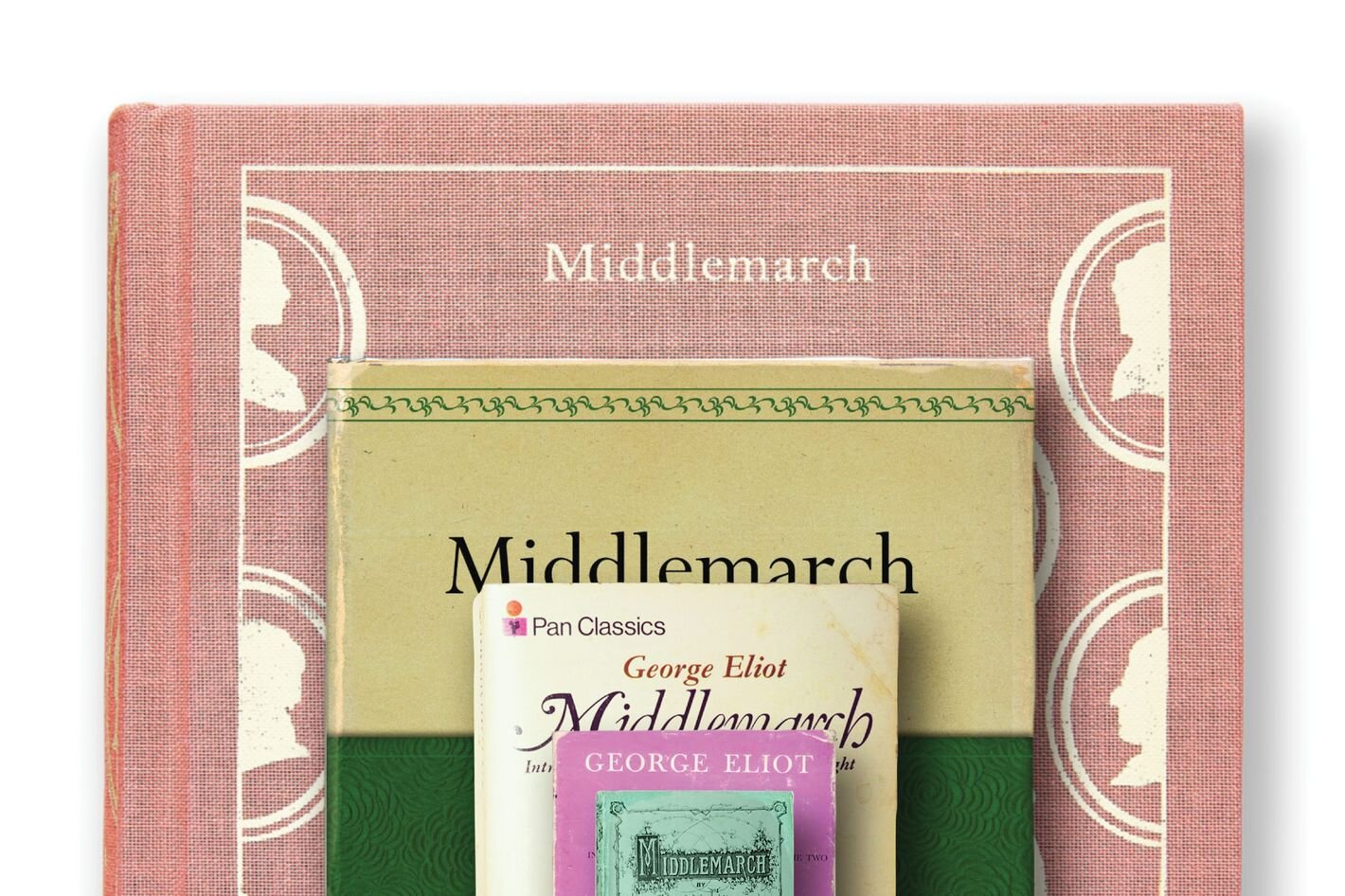How To Discover Hidden Gems in Australian Literature
Australian literature is a treasure trove of stories, voices, and perspectives often overshadowed by global literary heavyweights. While names like Tim Winton, Kate Grenville, and Peter Carey dominate conversations, countless lesser-known authors and works await discovery. This guide will help you unearth these hidden gems, offering strategies to explore Australia’s rich literary tradition with fresh eyes.
Start with the Classics, but Dig Deeper
Familiar classics like Cloudstreet or The Secret River are essential, but hidden gems lie in the margins of celebrated authors’ catalogs. For instance, Tim Winton’s lesser-known That Eye, the Sky or Kate Grenville’s Dark Places reveal subtler layers of their storytelling genius.
Look beyond current bestsellers to authors who once thrived but faded from mainstream attention. Henry Handel Richardson’s The Fortunes of Richard Mahony and Christina Stead’s The Man Who Loved Children are masterpieces deserving revival. To find the best female authors from Australia, start with these pioneers and expand to contemporary voices like Helen Garner (The Spare Room) or Charlotte Wood (The Natural Way of Things). Their critically acclaimed works often fly under the radar, making them perfect additions to your hidden gems list.
Explore Indigenous Voices
Indigenous authors offer narratives steeped in Australia’s land, history, and culture—perspectives historically sidelined in mainstream literature. Begin with Sally Morgan’s seminal memoir My Place, then delve into contemporary works like Tara June Winch’s The Yield or Alexis Wright’s Carpentaria, which blend ancient storytelling traditions with modern themes.
Indigenous poetry and drama also shine. Oodgeroo Noonuccal’s verse and Wesley Enoch’s plays are profound expressions of cultural resilience. These works are not just literary achievements but gateways to understanding Australia’s complex identity.
Seek Out Small Presses and Independent Publishers
Big publishers dominate bestseller lists, but small presses like Giramondo, Text Publishing, and Fremantle Press champion bold, unconventional voices. Giramondo’s Dyschronia by Jennifer Mills (a surreal eco-fiction) and Text Publishing’s The Spill by Imbi Neeme (a layered family drama) exemplify the innovation thriving outside mainstream circuits. Supporting these publishers helps sustain Australia’s literary diversity.
Join Literary Communities and Festivals
Australia’s vibrant literary scene thrives in festivals like the Sydney Writers’ Festival or regional gatherings like Byron Writers Festival, where panels often spotlight underrated authors. Online communities like the Australian Women Writers Challenge or the #LoveOzYA hashtag amplify diverse voices—from Indigenous speculative fiction to socially charged YA novels. Engaging here connects you to curated recommendations and passionate readers.
Don’t Overlook Short Stories and Anthologies
Short fiction is a playground for experimentation. Patrick White’s eerie tales and Cate Kennedy’s sharp contemporary stories (Like a House on Fire) showcase the form’s versatility. Anthologies like Growing Up Aboriginal in Australia or Best Australian Stories offer bite-sized introductions to emerging and established voices.
Embrace Regional and Rural Voices
Beyond Sydney and Melbourne, regional authors capture the stark beauty and grit of life in Australia’s heartland. Sofie Laguna’s The Eye of the Sheep and Favel Parrett’s Past the Shallows explore isolation and resilience against unforgiving landscapes. Memoirs like Rachael Treasure’s The Farmer’s Wife add humor and insight into rural challenges, enriching your understanding of Australia’s cultural tapestry.
Dive into Genres, Regions, and Literary Celebrations
Australian literature’s diversity shines when you explore its genres, regional narratives, and award-winning works. Historical fiction fans might devour Hannah Kent’s Burial Rites, a haunting tale set in 19th-century Iceland but penned by an Adelaide-based author. For science fiction, seek out Terra Nullius by Claire G. Coleman (a Noongar writer), which reimagines colonialism through a speculative lens. Young adult readers shouldn’t miss Ambelin Kwaymullina’s The Interrogation of Ashala Wolf, blending Indigenous futurism with gripping storytelling.
Don’t overlook Australian poetry and short story collections. Gig Ryan’s razor-sharp verse or Tony Birch’s gritty urban tales (Dark as Last Night) showcase the power of brevity. Regional voices also stand out: Western Australia’s Tim Winton evokes the ocean’s raw beauty, while New South Wales-based authors like Charlotte Wood dissect human relationships with precision.
Literary prizes like the Miles Franklin Award or the Stella Prize spotlight emerging talent. Keep an eye on shortlists to discover new books—recent winners like Tara June Winch (The Yield) prove awards are gateways to brilliance. Meanwhile, Torres Strait Islander writers like Ellen van Neerven push boundaries in both fiction and Australian performance art, merging oral traditions with contemporary theatre.
Even beyond Australia’s shores, connections emerge. Though New Zealand has its own canon, trans-Tasman influences appear in works like Patricia Grace’s Potiki, resonating with themes familiar to Australian authors. Finally, delve into history with Robert Hughes’ The Fatal Shore and William Wentworth’s political legacy—their works contextualize the struggles woven into modern storytelling. Both are now available in electronic books and audiobooks.
Bottom Line
Discovering hidden gems in Australian literature requires curiosity and a willingness to stray from the familiar. Whether you’re unearthing forgotten classics, amplifying Indigenous voices, or championing indie publishers, each step reveals stories that resonate deeply. These overlooked works not only enrich your reading life but also celebrate the breadth of Australia’s storytelling legacy. So grab a book, venture off the beaten path, and let the journey surprise you.




